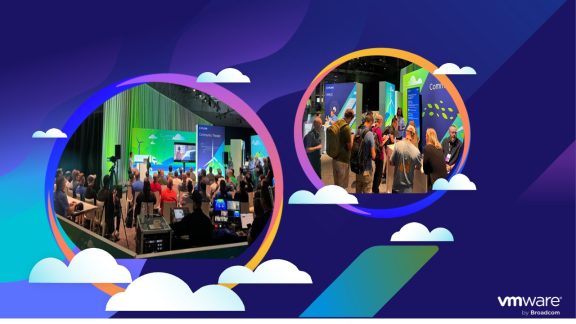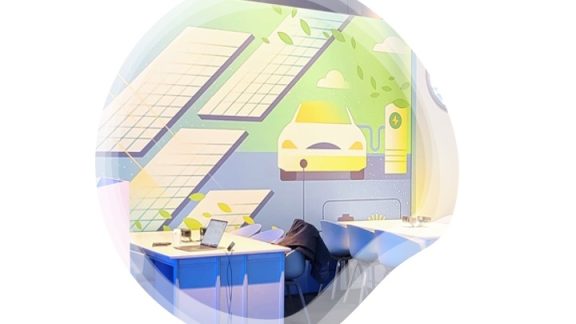
digg_url = ‘http://digg.com/apple/Mac_OS_X_Leopard_Server_in_a_Virtual_Machine_Screenshots’;
As you can imagine, the VMware Fusion team was pretty excited when Apple modified their licensing to allow Mac OS X Leopard Server to run in a virtual machine on Apple hardware. This is something our users have asked us for and we were interested in seeing as well.
Today, we are pleased to say that VMware is able to virtualize Mac OS X Leopard Server on Apple hardware using VMware’s proven Mac virtualization engine. We will be demonstrating this achievement with our “Mac OS X Server in a Virtual Machine” Technology Preview , at our booth at the Macworld Expo, and with the group of screenshots below.
Important thing to note: we are NOT showing off a “hackintosh,” using a modified version of the Mac OS X kernel. This is completely legit; we are installing Mac OS X Server directly from a factory-sealed Apple DVD onto a virtual machine running only on genuine Apple hardware. This is true virtualization.
Mac OS X Leopard Server is not modified to run on VMware virtual hardware and uses Apple’s proven and shipping Leopard drivers for USB keyboard, USB mouse, IDE controller, LSI SCSI controller, High Speed USB 2.0 (UHCI and EHCI) controller, Intel e1000 Gigabit Ethernet Adapter, and VESA video adapter. Sound is not working at this time, but we are working on it!
And since Mac OS X Leopard has moved to 64-bit, we are able to leverage VMware’s proven 64-bit support to run Mac OS X Server at it’s full potential, a feature that has been a VMware exclusive for more than three years.
It’s hard to express how excited we are to being showing this here at Macworld. While we can’t discuss specific product plans and release dates, we know that this is very important to Mac customers and will take this into account as we plan our future Mac products.
The one question we know we will get asked is will VMware support Mac OS X Server on non-Apple hardware. While this is only a technology preview today, VMware works closely with Apple and respects their licensing policies and as such Mac OS X Server in a virtual machine will only be supported on Apple hardware per Apple’s license agreement.
Come by our Macworld booth and see Mac OS X Server in a virtual machine for yourself! We’ll be demoing it all day, and distributing free evals of award–winning VMware Fusion !










